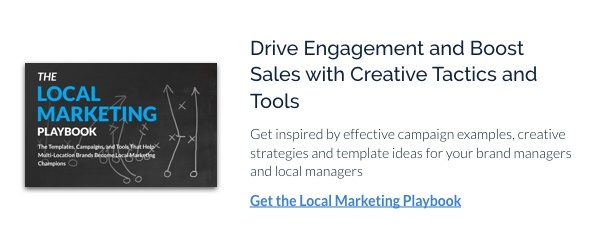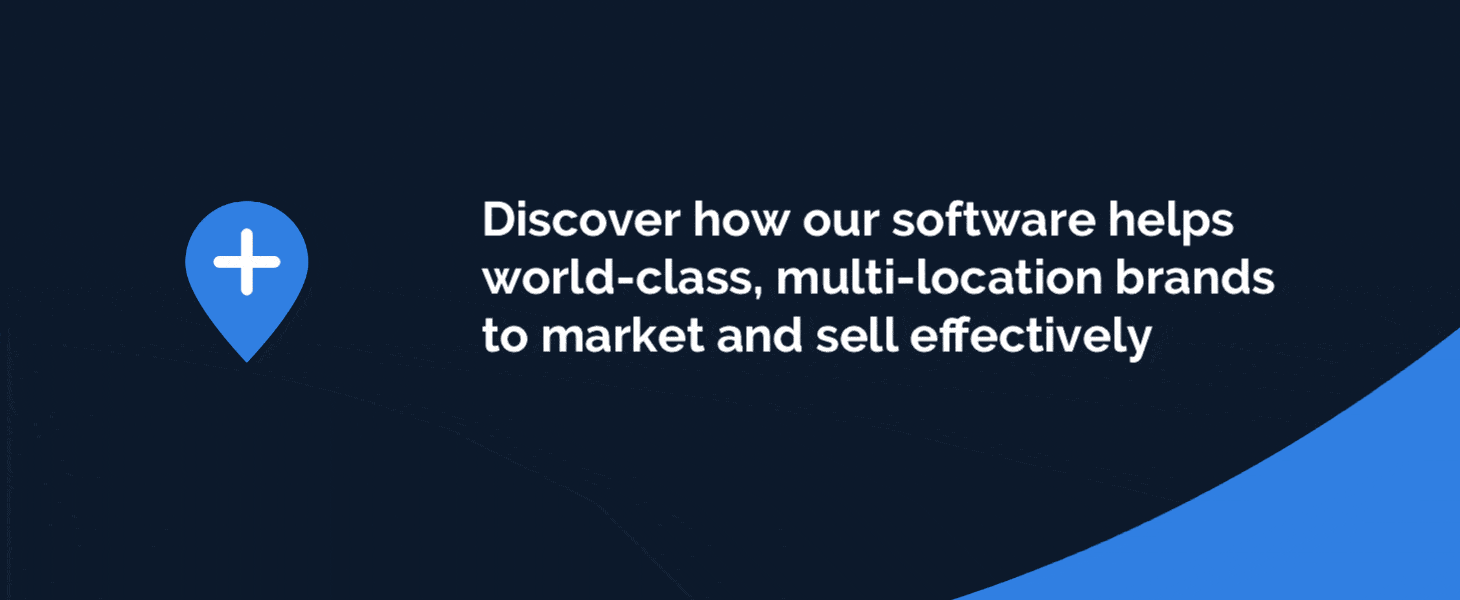Today’s marketers are investing more in digital marketing technology than they were a decade ago, yet there is little reason to believe that print, or other forms of traditional offline marketing, will disappear any time soon. Instead, marketing experts are telling us that the most well-known brands are all moving towards a hybrid future with strategies that seamlessly blend both online and offline marketing tactics.
"Marketers no longer make a clear distinction between offline and online marketing disciplines," - Yvonne Genovese, Group Vice President, Gartner.
In the omnichannel world where a single campaign needs to work for both print and digital execution, these blurred strategies have introduced a growing need for seamless technologies. For many organizations seeking to gain efficiency in online and offline execution, Digital Asset Management (DAM) tools are the way.
What Are Digital Asset Management Tools?
According to the DAM Foundation, this category of software is best defined by ten core functions, which are detailed below:
- Ingest assets individually or in mass.
- Secure assets with access control and other security features.
- Store assets as binaries and metadata.
- Render and Transform assets into new forms.
- Enrich the asset life cycle with reuse, metadata, and search.
- Relate assets by tracking and connecting versions.
- Create a structured process in asset management, creation, and review.
- Find assets and support retrieval via tagging and search.
- Preview assets before file download.
- Produce and publish content to various types of distribution outside of the DAM system.
Different Types of Digital Asset Management (DAM)
Digital Asset Management software may offer specialization for different use cases. Some come with built-in project management tools on top of asset ingestion and storage. Others might provide commenting/approval systems or even marketing templates. The right type of DAM for an agency with a variety of enterprise clients will be different from the DAM needed at a distributed financial company. Still, it's easy to over-think all these differences when what they share is often the important part. While digital asset management tools may vary by business model, if it offers the above ten core features it counts as a DAM.
Learn more about DAM software and how to streamline local marketing efforts. Read, The Local Marketing Playbook: The Templates, Campaigns, and Tools That Help Multi-Location Brands Become Local Marketing Champions
The Place for DAM in the Omnichannel World
DAM is designed to support most of the marketing collateral lifecycle. While it's not a graphic design tool, a system that fulfills the ten core DAM competencies will support a brand's need to store, secure, find and retrieve completed assets for both online and offline capabilities.
DAM can support the needs of graphic designers, brand managers and local marketers at organizations with multiple locations. Keep reading to discover how DAM helps multi-location marketing teams create and deploy assets for both online and offline collateral, in local as well as national markets.
Use Case #1: Asset Creation
For brands operating in a distributed, omnichannel way, DAM is a key component of asset creation. Marketing and design teams can store and use assets across different media types easily - and with simplified conversion processes.
While asset creation is not strictly a component of DAM software (creatives usually don't build their designs directly inside the DAM), it can significantly streamline the process by acting as a repository for all of the components of a marketing campaign. DAM is not a creative suite or graphic design tool - it supports efficiency and quality in the asset creation process, especially in rendering and transforming assets into new forms.
DAM helps design teams with the following key functionalities:
1. Find
If a graphic designer is working to develop a campaign that involves both traditional and digital executions, a DAM tool could be used to find previous assets for reuse.
2. Render and Transform
DAM increases efficiency through the render and transform processes, allowing graphic designers to download a single file in all of the necessary formats.
3. Ingest and Secure
When campaign assets are completed by the graphic design team, they can be uploaded to the DAM for archival purposes. Depending on the type of DAM and the organization's business model, this tool may also be used to secure the assets for internal approval or execution on the local level.
For more insights on achieving efficiency in graphic design processes with the right marketing technologies, read How to Streamline Your DAM Workflow & Improve Marketing Efficiency in 6 Easy Steps.
Use Case #2: Versioning Assets Efficiently
For almost any kind of digital asset, DAM is a natural place for storage and retrieval. However, some brands support their digital marketing activities with DAM tools focused on marketing activation as opposed to only asset storage.
Some DAMs offer integration with digital marketing platforms, allowing users to publish an approved campaign asset to a content management system, or social media profile. A select set of DAMs also allow users to version digital assets directly within the system.
Instead of just acting as a repository for finalized, static assets, this small percentage of DAM tools allow users to version, edit or customize assets for marketing execution. This extended feature is usually incorporated in Distributed DAM or Local Marketing Automation (LMA) tools that support local customization of assets in a global marketing strategy.
Use Case #3: DAM for Print and Offline Marketing
DAM tools generally support the digital storage and processing of assets that are designed for print execution. Some DAMs are able to connect with web-to-print systems that allow users to press a button and send assets to a printer for fulfillment.
Integrating a DAM tool with print fulfillment methods is helpful for brands who may need to fulfill a single, pre-designed asset multiple times. If the asset needs to be versioned with an address, local business name, or new messaging, using a distributed DAM tool allows for customization of print assets with new messaging or visuals. In a more advanced platform, you might even be able to completely reconfigure the layout based on design rules.
Use Case #4: DAM for Local Marketing
Distributed brands are defined as organizations in which a brand management team provides support for hundreds or thousands of geographically-distributed locations. Some distributed organizations achieve local marketing execution with a Distributed DAM or LMA tool.
A local marketer may use the DAM tool to convert a single, completed asset from the brand management team into various file formats, such as print materials for their storefront, email marketing, and website pages. They may also take an asset template for a direct mail campaign, and use the editing capabilities of the distributed DAM tool to add their local address and other business information.
Measuring DAM Success within an Omnichannel Marketing Operation
Today's omnichannel marketing needs are complex. As a brand manager, you understand that your local marketers don't necessarily spend a great deal of time thinking about how a given campaign should be modified to better fit different channels. How can brand managers ensure local teams execute omnichannel marketing campaigns in an effective way, even when the local marketers may not be as marketing-savvy as head office? By making it easy for local marketers to execute campaigns in a compliant way. If a distributed DAM allows local marketers to log in, make necessary changes to assets, and easily use assets in local marketing, both the local marketer and the brand win.
From the brand manager's perspective, success metrics are a bit more varied. At the brand team level, a distributed DAM should support efficiency in asset creation, and increase the percentage of existing assets that are accessed for reuse. At the local level, the DAM's success can be measured by local marketer adoption and the quality and quantity of compliant marketing execution.
The right DAM for your business model can certainly support your brand's need for offline and online marketing execution. For distributed brands, a local marketing automation tool that supports the use, customization and reconfiguration of branded assets can be the key to compliant marketing execution at the local level.
CampaignDrive by Pica9 is a digital asset management platform that allows easy distribution of marketing collateral to a number of locations. With a one-stop-shop marketing tool kit like this, local affiliates are able to streamline their marketing processes and launch successful marketing campaigns in seconds. Speak with a local marketing expert to learn more about how CampaignDrive can help your business market and scale.





